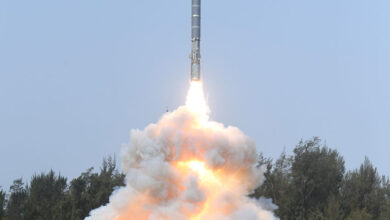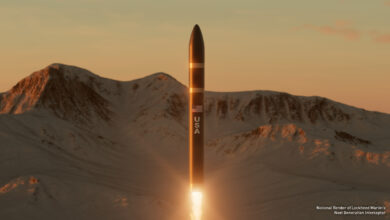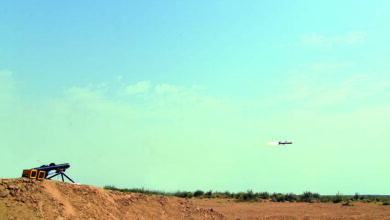India Joins MTCR
New Delhi. Four years after India announced its intention to join the nuclear and missile control regimes in 2012, it has entered the Missile Technology Control Regime (MTCR).
But for a little hiccup with Italy over the detention of two of its marines in India for alleged murder, India’s entry into MTCR was rather smooth. In fact, top US diplomatic sources had told India Strategic that while Washington was certain about New Delhi’s entry into MTCR, it could take some time for the Nuclear Suppliers Group (NSG) due to Beijing’s opposition.
The 48-member NSG is holding its plenary on June 24 in Seoul, but India’s application is unlikely to be cleared as unanimity is required in decision-making.
While Washington is anchoring New Delhi’s entry into NSG also, Beijing is adamant given its military alliance with Pakistan which opposes India on virtually everything. There is some challenge however also from New Zealand, Ireland, Austria, South Africa and Turkey. Indian diplomats are lobbying hard across the world while Prime Minister Narendra Modi visited Switzerland and Mexico to win support from them during his recent five-nation tour.
Ironically, NSG was set up by the US against India shortly after its first nuclear test in 1974, but today, thanks to India’s impressive record in non proliferation of nuclear or missile technologies, Washington has extended robust support for New Delhi’s entry into the nuclear and missile clubs.
Mr Modi, who was on a three-day official visit to the US (June 6-8), thanked President Barack Obama for his support towards India’s entry into both the MTCR and NSG.
As per the established procedure, India had reapplied for MTCR membership on June 1, and as there was no opposition from its 34 members, the entry was automatic. Nonetheless, to get a chair as its 35th member, the MTCR headquarters will shortly send a formal invite to India.
India had failed to gain entry into MTCR in October 2015 due to lack of support from Italy, a founding MTCR member.
MTCR rules require consensus in decision-making, and while Italy had no objection to India’s entry on ideological or institutional grounds, it had been strongly critical of India for holding two Italian marines who shot two Indian fishermen suspecting them to be terrorists. Both the marines are now back home.
It may be noted that four years ago in May 2012, the then Foreign Secretary Ranjan Mathai had made a surprise announcement for India’s “full membership†of the MTCR, NSG, and two other bodies, the Australia Group (AG) and Wassenaar Arrangement (WA). By that time, notably, India had achieved a substantial measure of strategic maturity by developing second strike nuclear capability and launch of sophisticated space programmes including with Synthetic Aperture Radar (SAR) systems. In 2016, India has come much farther in line with its nuclear doctrine of ‘No First Use’ but Massive Retaliation if attacked.
India’s nuclear and missile programmes are home grown, and although India has not signed any non proliferation arrangement, it has also not violated them.
India Strategic can say authoritatively that Mrs Indira Gandhi, who had initiated the nuclear programme as Prime Minister in the 1970s, had flatly declined to share nuclear technology with Iran, Iraq and Libya. Leaders of the latter two countries, President Saddam Hussein and Col Muammar Gaddafi, actually expressed anger at the denial and penalized Indian companies.
Mr Modi has been following a policy of warmth, hugs and good relations with leaders of various countries ever since he became the Indian Prime Minister in 2014. This time, it is his seventh interaction with Mr Obama, and both exude a lot of goodwill and friendship during their meetings.
When Mr Obama was in New Delhi on a state visit in 2015, he was given an exceptionally warm welcome by Mr Modi.
The fundamental to the India-US relationship is the underlining fact that India is a responsible nuclear weapon state, which has never proliferated nuclear and missile technologies.
One immediate advantage of India’s entry into the MTCR will be the availability of some hitech military and dual use systems. India’s conventional weapons are quite old, and the Indian Air Force (IAF), Army and Navy need many new generation systems.
India also has plans to sell the Indo-Russian BrahMos supersonic missile to the UAE, Vietnam and a couple of other countries in accordance with MTCR guidelines.
Please also see:
What is MTCTR?
India Fails to get MTCR Membership
India’s Strategic Milestones and Maturity





